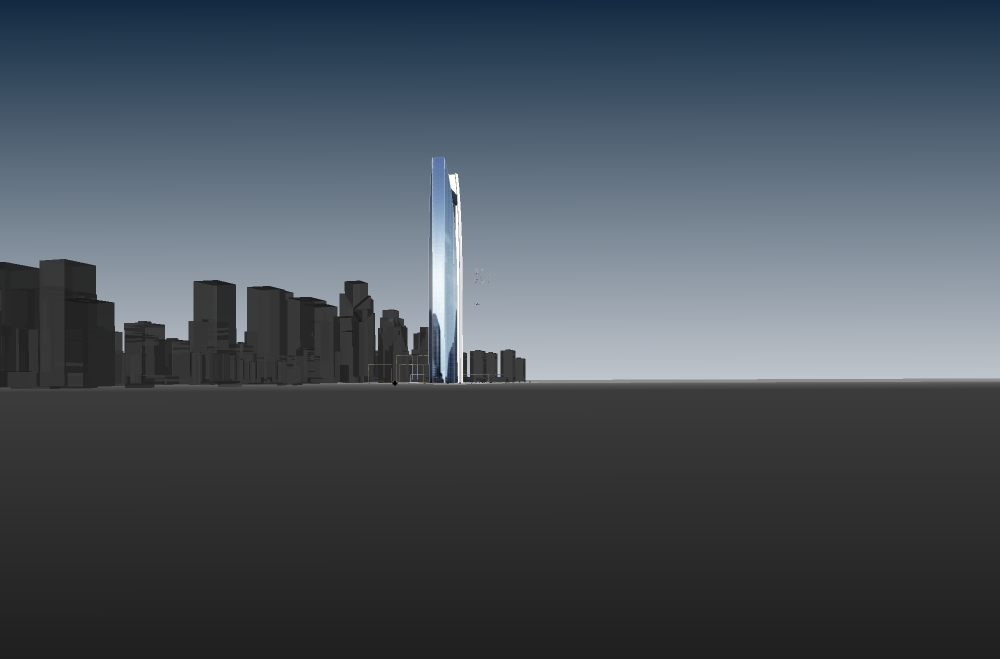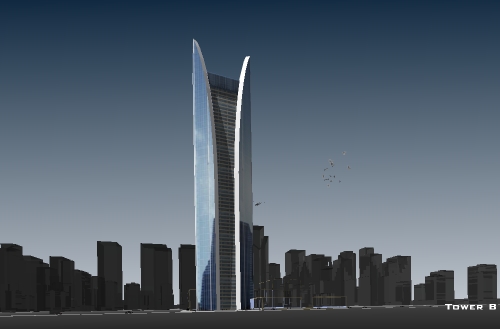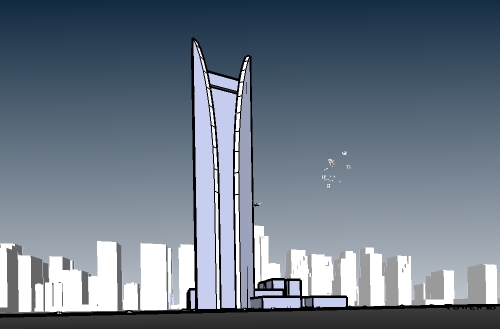Power of textures
-
michaliszissiou,
the rendering engine is pure SU without any additions. There is even no Photoshop on it.
could you tell me a bit more what kind of reflection you would add? (or maybe even show example.)
tell us how it is usually done in VG, so we don't have to reinvent a well all around again.broomstck - perhaps you are right. this time I was not going for photoreal, just "presentable". I made the edges light gray to compensate for lack of detail.
Oli, rclub24, Ecuadorian - my pleasure
-
Dennis, to reinvent a method is sometimes very useful. Every time a new trick will come up. About VGs (baking), only the basic idea is the same.
Just paint four walls (use photos brushes etc), place them on a su volume, a few push-pull etc, voilà. Beautiful, convincing, simple. But please try to avoid textures larger than 2048x2048 px
See in the third page of this post: http://forums.sketchucation.com/viewtopic.php?f=81&t=21549 -
this is precisely baking texture and su wants to do...
-
Very simple, very clever, and as olishea said, very convincing.
Nice work -
This is a shot from a live SU animation. No postproduction what so ever.
huh, seems like I'm on to something.

-
Very tricky!


Power of the semi transparency!
-
You're on to something.

 AnteP vs PostP
AnteP vs PostP  Of course you can use more complicated textures.
Of course you can use more complicated textures.
In this post:
http://forums.sketchucation.com/viewtopic.php?f=81&t=21352
try to locate and download egypttest.mov. Baked textures. -
Texture baking is actually where a scene or model is rendered and the textures from that scene then pasted on the model after or during the process!
It can be that a high poly model is used in scene then the resultant texture use in place on a lower poly version.
In this case it actually has little in common to texture baking! As dennis suggests he didn't render the scene to create the textures. I'm starting to realise some people do't actually read the first post and made obvious by there comments!!!!!!

@ Dennis nice job on the non-texture baking process mate!
A quick workaround if you don't want to post process to lose the weight of the linework is to just do an image export of the scene with lines on then bring it back in as a watermark infront and then simply adjust the transperancy over the scene with the lines of. Unforutnately needs to be done for every camera angle!
-
Richard, thank you for the support.
I'm not sure I got it correctly: why to re-import the watermark lines?
Thanks to you I finally got it. Baking textures - is a way to save processing time for animations. It seems to be a very good idea for an architect as well - if I have a very heavy model, but need to show the client a "live" SU presentation on a slow laptop (witch is often a case). Then baking textures is a way out.
Richard is right, what I was doing here in not exactly BAKING. I simply didn't have anything to bake. Just scrambling to make a simple volume to be presentable.
Let's coin this process as "Power texturing" after this forum thread. (unless someone already named this specific process, or used this term for something else)the core reason for this "Power Texturing" method is to be able to show a live model in front of the client.
Post processing is no big deal when we have a view or two. However, when it is an animation or even better - live model - the post processing is simply not an option.
That is why "Power Texturing" is so convenient.
- you save time on modeling,
- save time on post processing,
- It enables live model presentations.
-
sample


-
Exactly mate you aren't baking textures to the model!!
Mate I posted the idea of importing the exported image back in as response to someone else suggestion that you turn off profiles in your export. I was just suggesting that if you wanted to keep lines on for sharper edges yet to drop their opacity it can be done as a very effective and simple workaround.
I'd also suggest mate that by doing as I suggested you could actually change the sun angle slightly in the first export, then by lowering the opacity of the watermark you would bring about an almost global illumination effect to your render! Check this thread if you never saw it http://forums.sketchucation.com/viewtopic.php?f=81&t=16807 the rendered effect came simply from blending two images with differing sun angles and was rather effective.
I think by doing so the shadowed side would not be so dull and the image might well jump off the page! I'd urge you to give it a quick try and post the result. I'd love to see if it makes and improvement!
Cheers, Richard
-
BTW if you have a video editior that allows for the import of two video streams you could export the same animation with two varied sun angles and then reduce the opacity one one of the streams and really produce a rendered animation effect!
-
[quote="Dennis_n"]Thanks to you I finally got it. Baking textures - is a way to save processing time for animations. It seems to be a very good idea for an architect as well - if I have a very heavy model, but need to show the client a "live" SU presentation on a slow laptop (witch is often a case). Then baking textures is a way out.[/e quote]
Mate a good example of what texture baking is would be that of LightUP (I think) where the render engine will cast global illumination and shadows to the scene then bake those effects to the existing maps, there after the scene can be navigated quickly without having to recreate the lighting conditions for each frame!
-
Hi Dennis, Richard. Great to see you two back together again in the same thread since "up for review"! Maybe you can make some SketchUp magic again?

In effect, the Power Texturing method is texture baking. It's just that the real world and your camera is the rendering engine. When you paste the photo onto you SU geometry, it's baked, because reflections and shadows are already there.
-
Rob,
I'm not an expert on baking but the word suggests a process of preparing (in our case textures).
if I may put it this way, I see power texturing as making a sandwich with a pre-made egg salad. Where baking would be actually doing it from scratch.
The reason I don't feel that power texturing is baking, because there is no process of preparation. However, I agree that the core nature is the same - you get the egg salad sandwich. That is why both are discussed here.
One way or another - this discussion helps to refine whatever it is. -
I agree with most of you, of course. But we have to admit a weak point of baking methods. Animated reflections!
Advertisement







